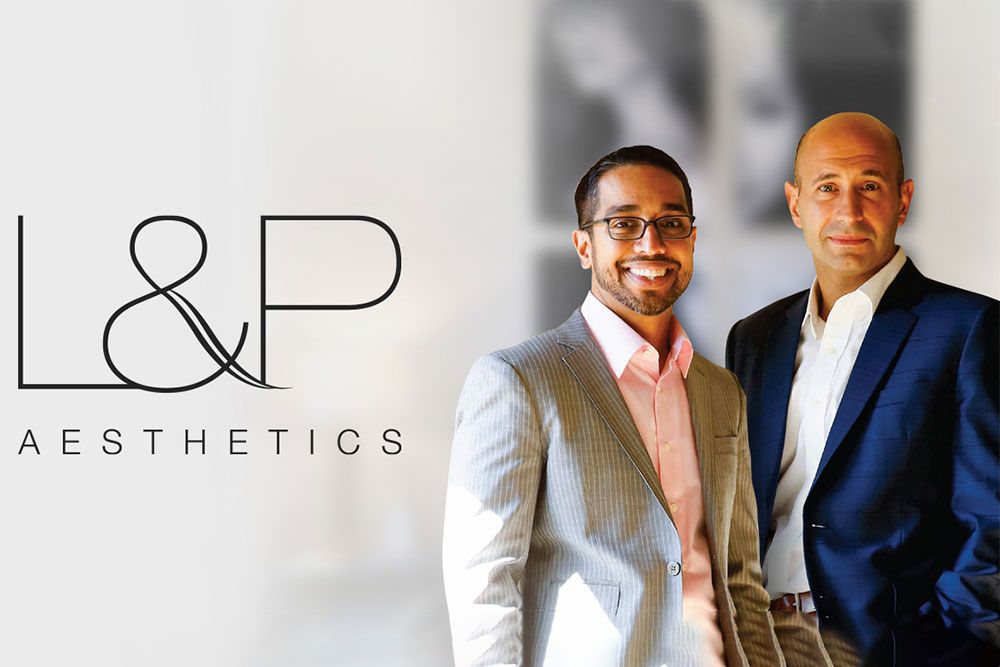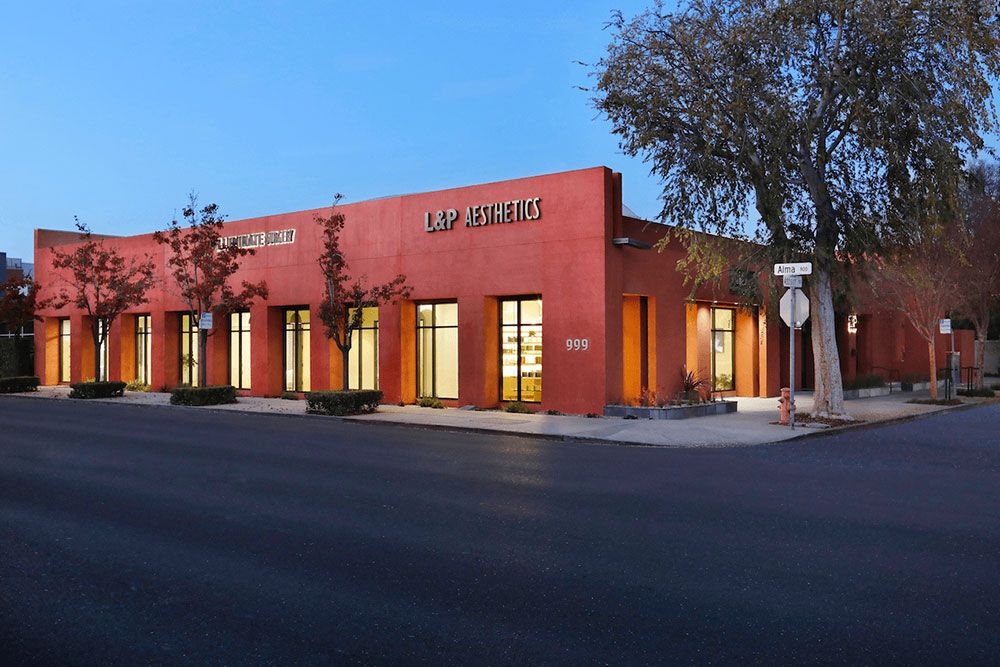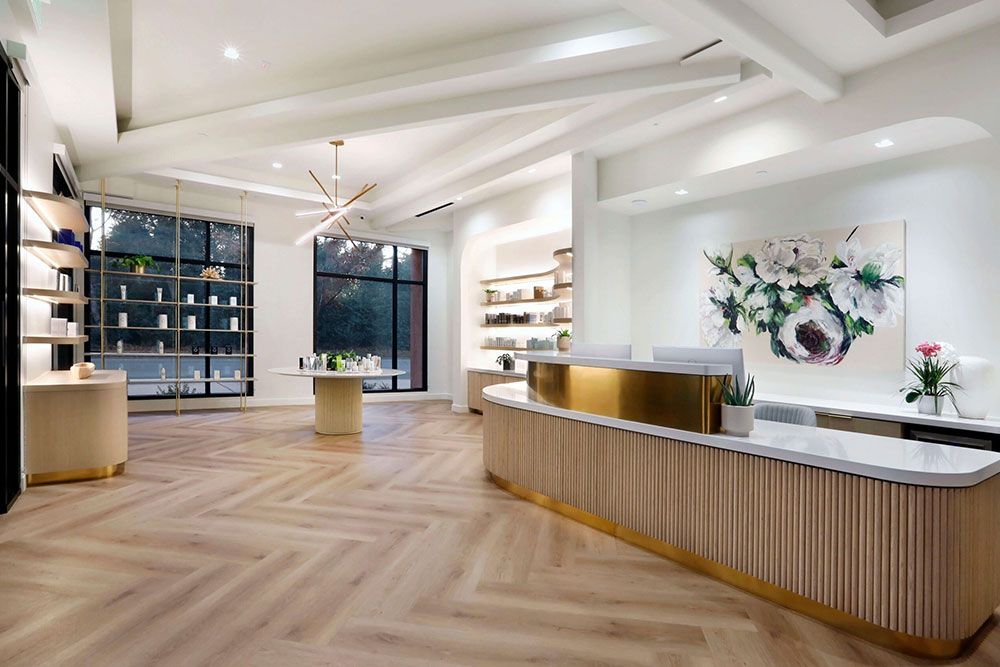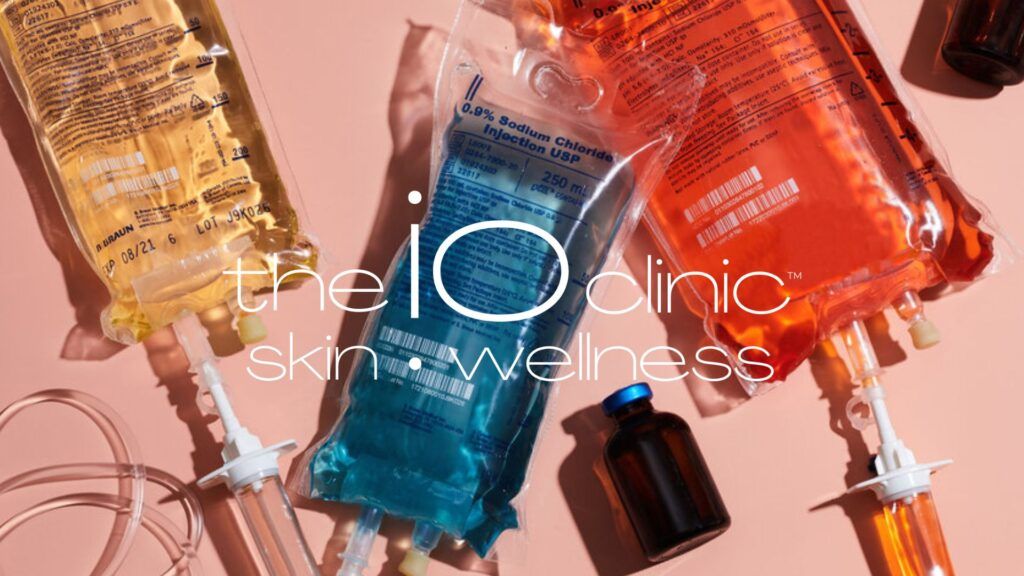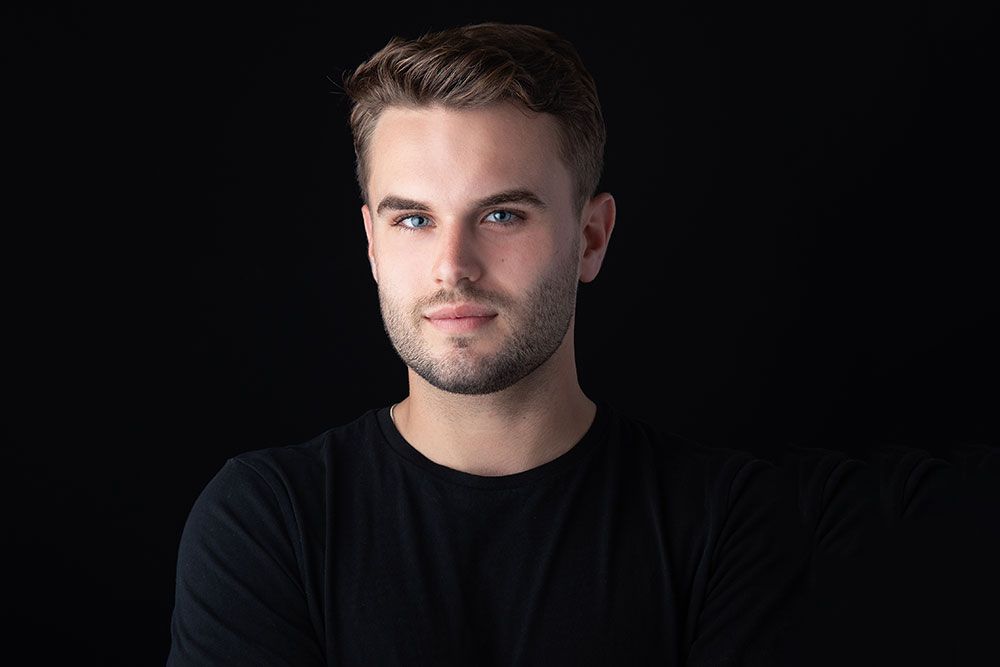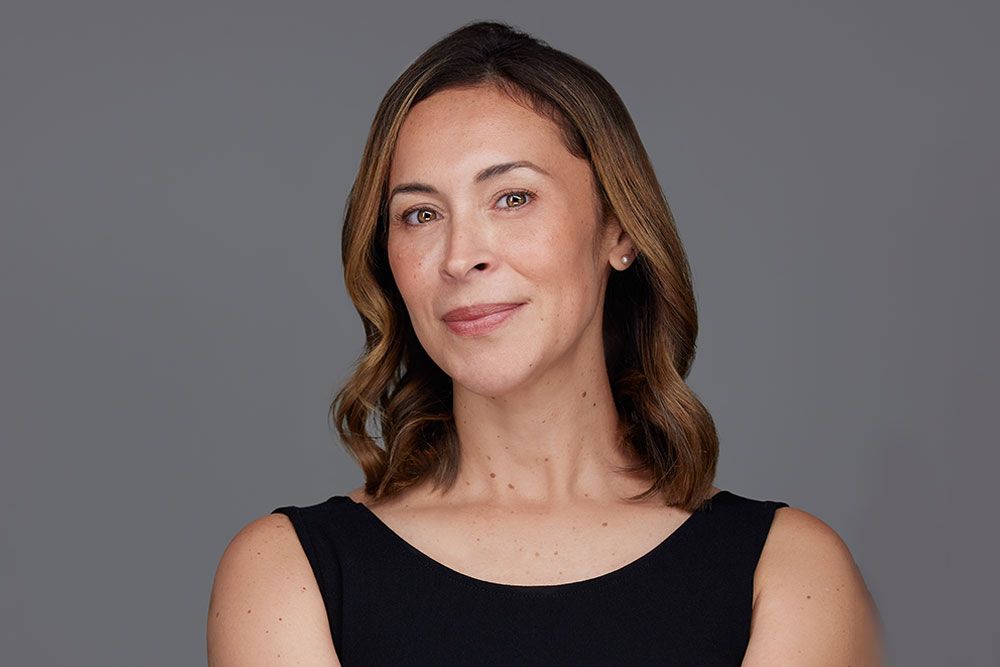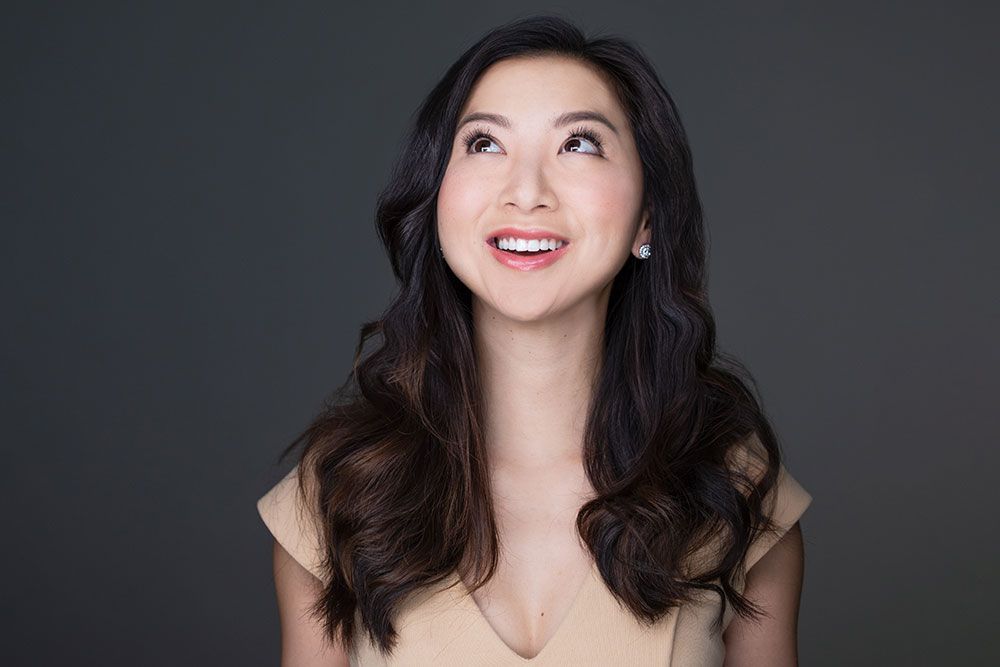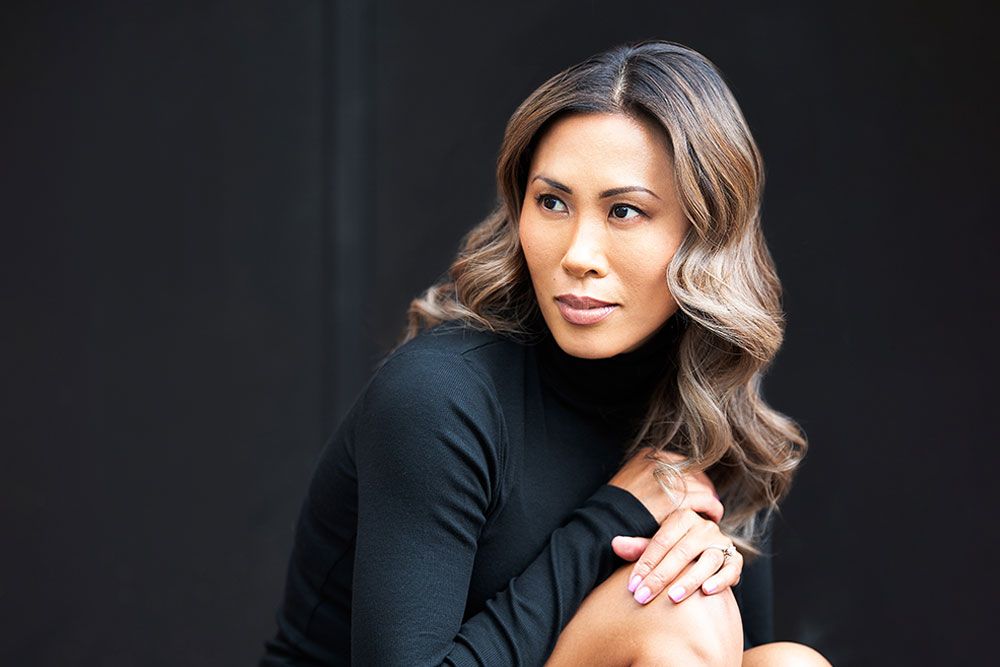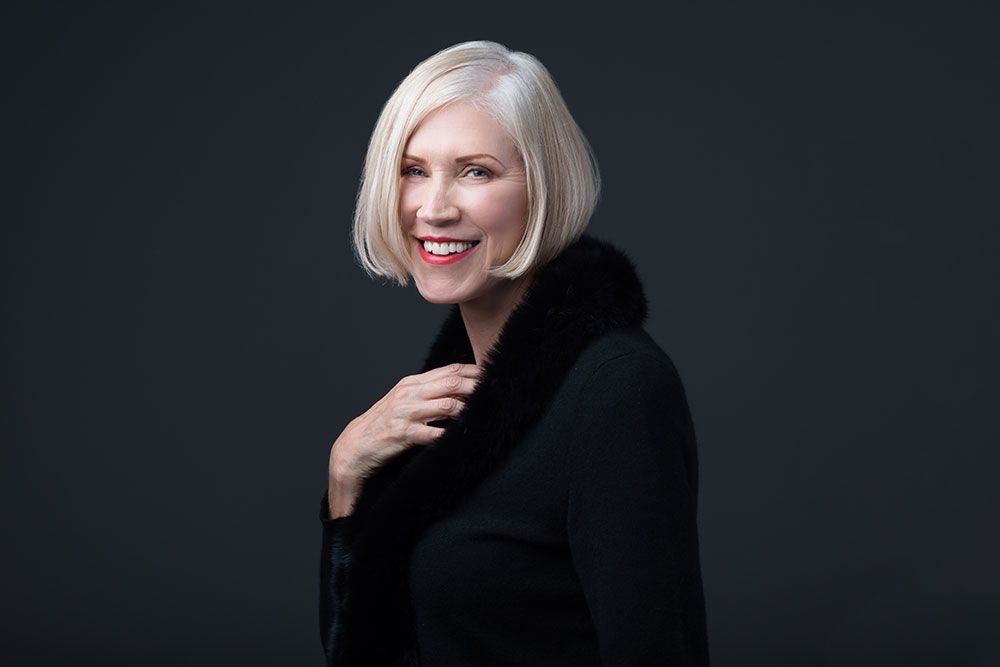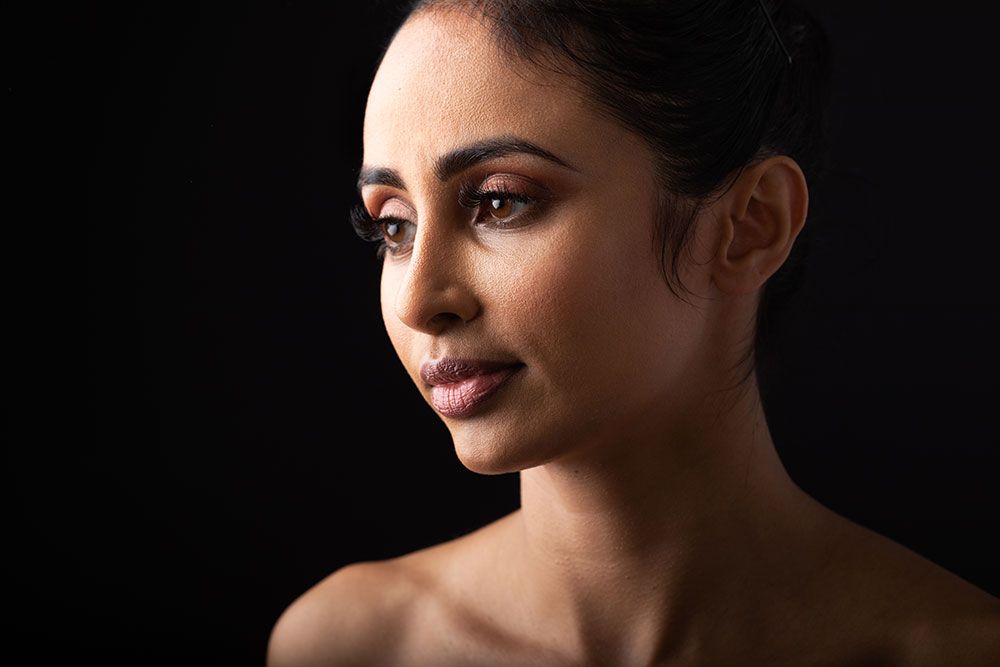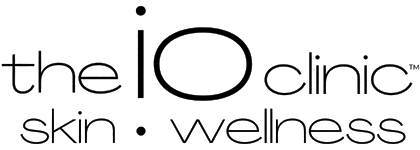What is a Scar Revision?
A scar on your face can be a constant reminder of a surgery, trauma, accident or skin disorder (acne). Many people undergo scar revision to improve their appearance and self-confidence, as well as to help put a negative experience behind them.
We specialize in making scars less noticeable and blending them in with the rest of your face using advanced surgical techniques, dermabrasion, lasers and/or fillers. At the time of your initial consultation, an assessment is made of the thickness, texture and color of the deforming scars, and we will have a discussion with you about the best options for scar treatment. We will review your goals and offer customized treatment options.
It is important to have realistic expectations in order to achieve the best possible result. A scar cannot be removed completely, but it can be disguised or made less obvious. Factors that affect the success of scar revision surgery, include the patient’s age, skin color, skin type, type of scarring and location. Timing of scar treatment is a critical consideration. In some cases, it is best to delay a surgical revision for six months to one year after the injury, in order to allow enough time to heal from the initial trauma. In other situations, treatment can be started sooner. There are three major types of scars that can occur:
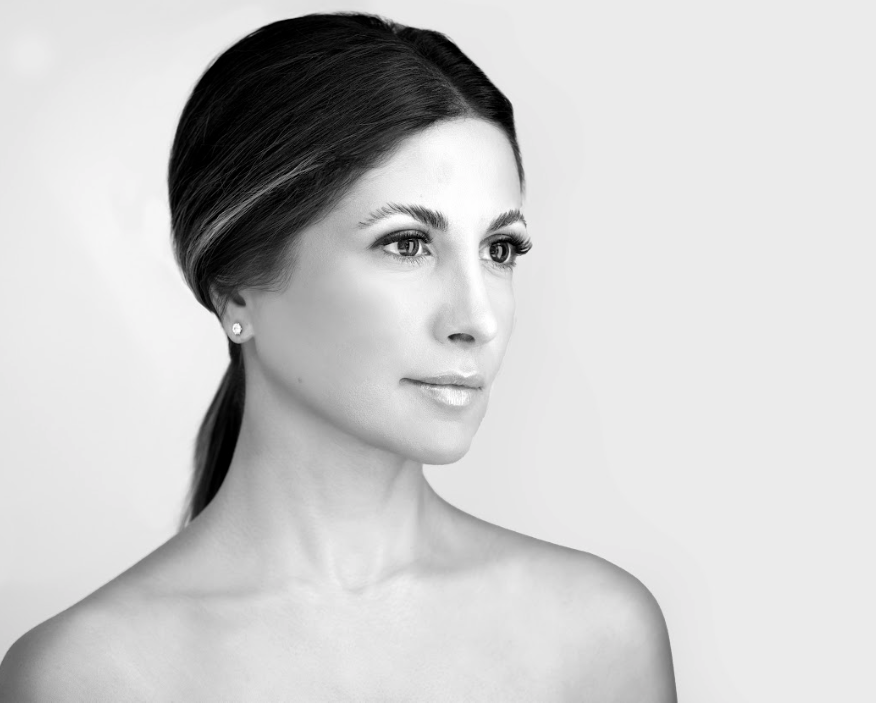
What to Expect During the Procedure
We are able to perform scar treatment in the office under local anesthesia or under minor sedation. The procedure can take anywhere from fifteen minutes to two hours depending on the size of the scar and the type of treatment. After thorough examination of your scar, a customized plan will be developed specific to your circumstances.
- Keloid scars – This occurs as a result of overproduction of collagen after a wound has healed where the scar tissue grows beyond the boundaries of the initial injury.
- Hypertrophic scars – These scars are limited to the boundaries of the scar, but have a thick, raised appearance, which can be unattractive or limit normal function.
- Scar contracture – A broad scar that can occur as a result of a burn, with puckering or tightness of skin and limitation of function.
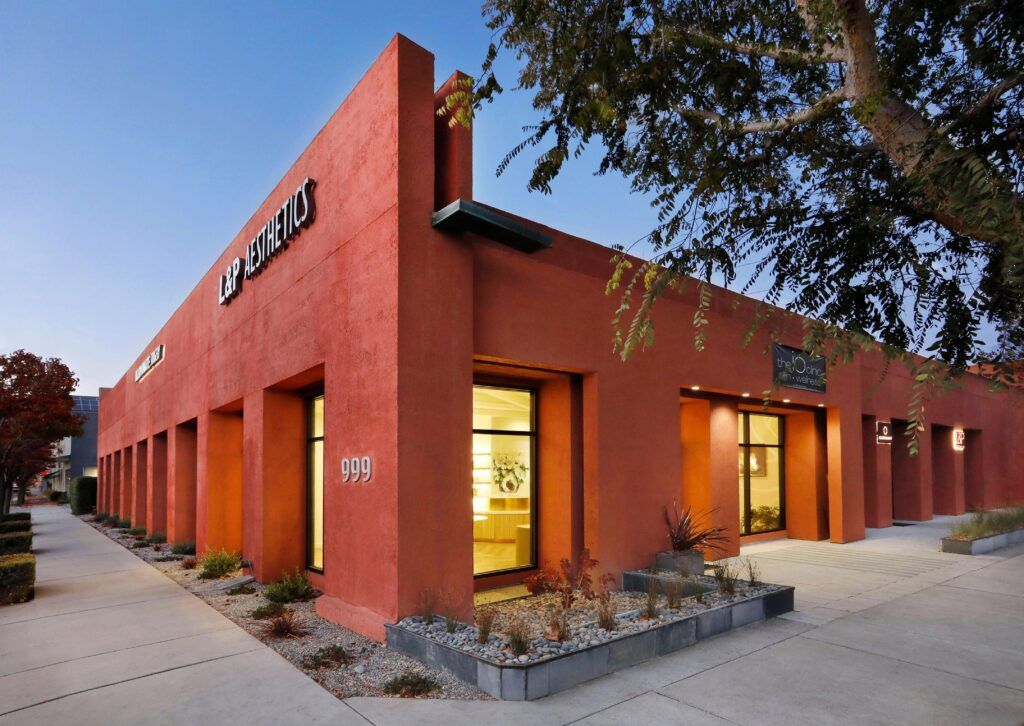
Why L&P For Scar Revision?
Surgical Options for Scar Revision
A noticeable scar that is running in one direction can be reoriented to blend better with surrounding tissue by using a “Z-plasty” technique. A “Z-plasty” can also be used to hide a scar in a nearby skin wrinkle, crease or fold, thus disguising it.
Excising an existing scar and replacing it with a “W-plasty”, “irregular geometric pattern” or “geometric broken line closure” can camouflage a scar by tricking the eye into seeing short bursts of lines instead of one long scar. Local skin flaps can be used to rotate adjacent, healthy tissue into an area that once had scar tissue. In cases where a flap is not the best treatment option, a skin graft may be taken from a nearby site and placed into the area where the scar existed. With time, new blood vessels will grow into the graft site and allow it to survive.
Non-Surgical Options for Scar Revision
Dermabrasion and laser scar removal or laser resurfacing (such as Fraxel® Laser Repair) are methods a surgeon employs to make “rough or raised” scars less prominent, by removing part of the upper layers of skin with an abrading tool or laser light. While the scar may remain, it should become smoother and less visible over time. Acne scars are often treated with laser dermabrasion or direct skin excision.
Keloid (or hypertrophic) scar treatment begins with topical or injectable steroids to reduce their size. If this is not satisfactory, the scars can be removed surgically, and the incisions closed meticulously with fine stitches, often resulting in less prominent scars.
Depressed scars can be injected with intradermal fillers, such as Restylane® or Juvederm®in order to raise them to match the level of the rest of the skin and make them less noticeable.
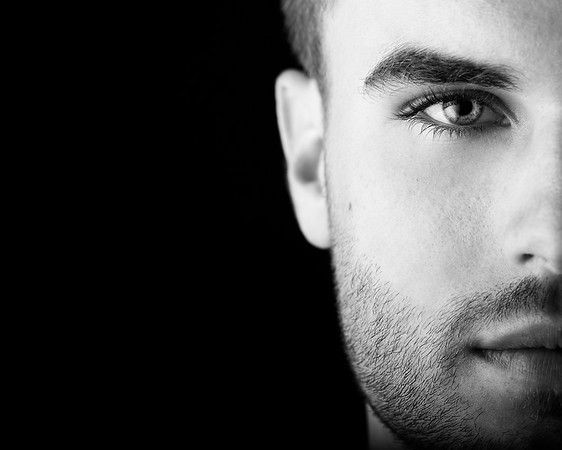
Scar Revision Before and After Gallery
Coming soon.
Recovery and Beyond
The sutures on the face or neck are usually removed 5-7 days after the procedure. There will be some swelling and redness that persists in the area for a few weeks. It is important that patients are followed for six to twelve months to ensure adequate scar outcomes.
Our core objective is to provide a safe, comfortable surgical experience that aspires to restore your appearance and aims to produce natural results. Always feel free to call the clinic at (650) 327-3232 or make an appointment online to see us at our Palo Alto or Los Gatos offices. We focus exclusively on cosmetic and reconstructive enhancement of the face and neck and are uniquely qualified to handle your case.
